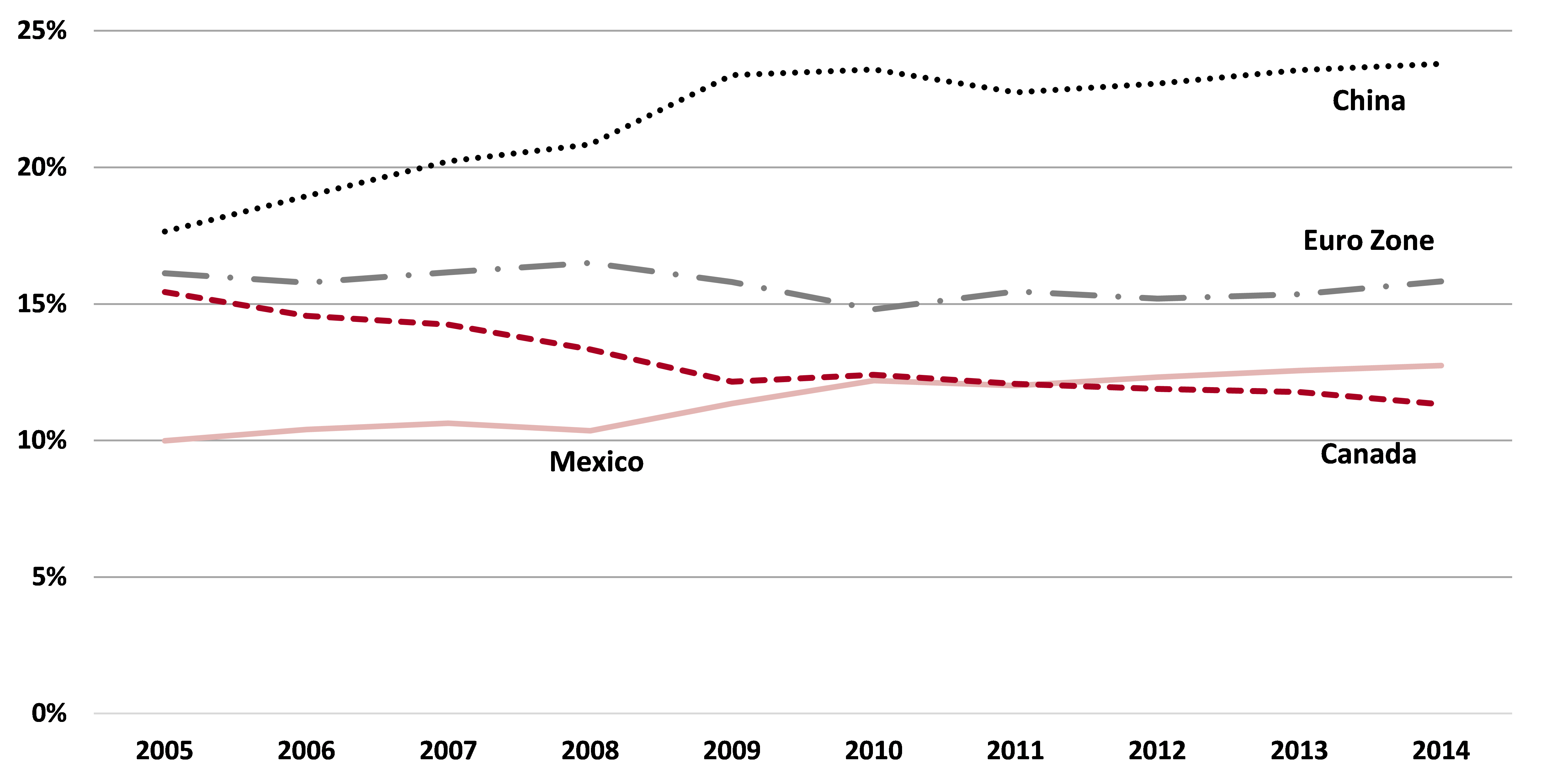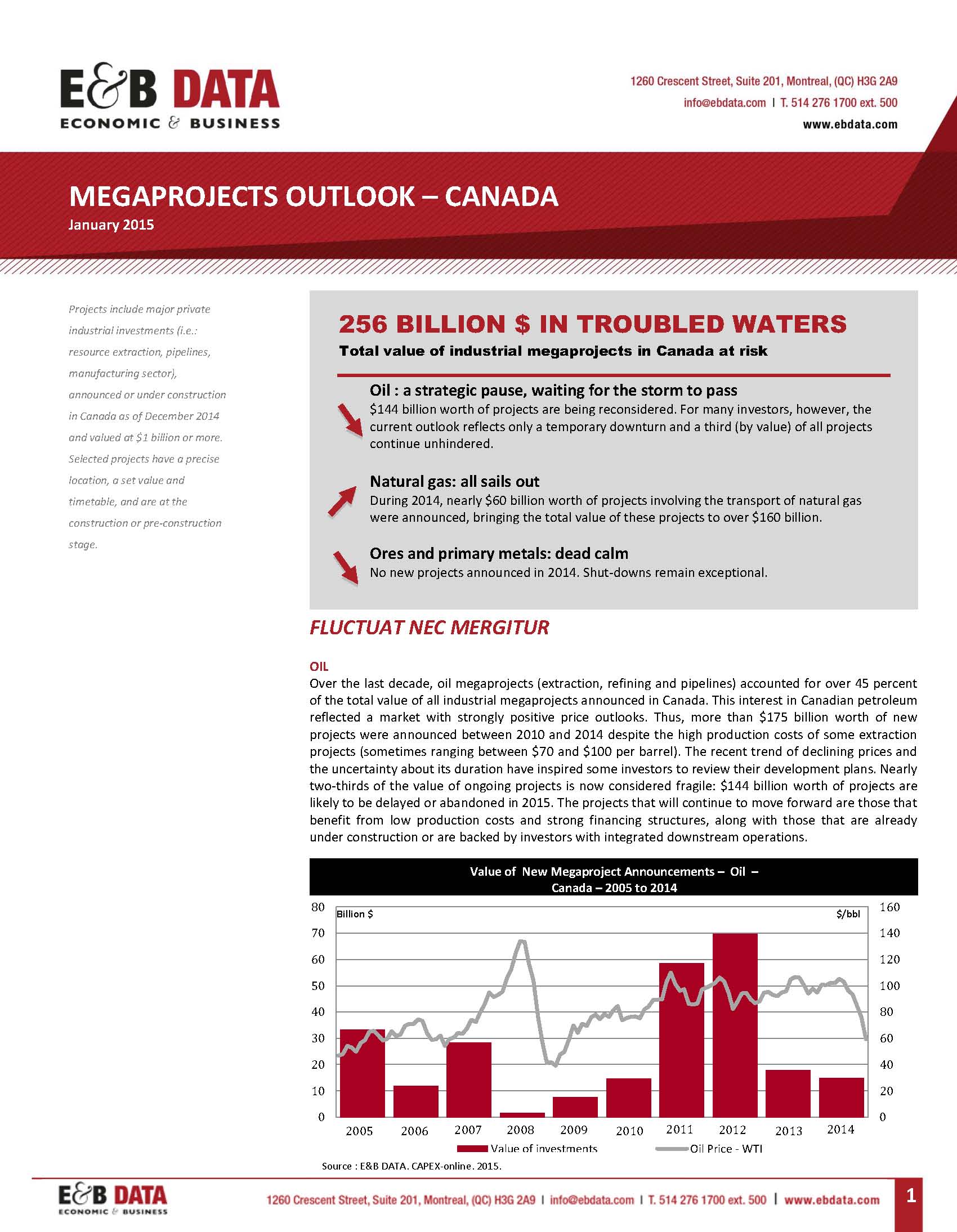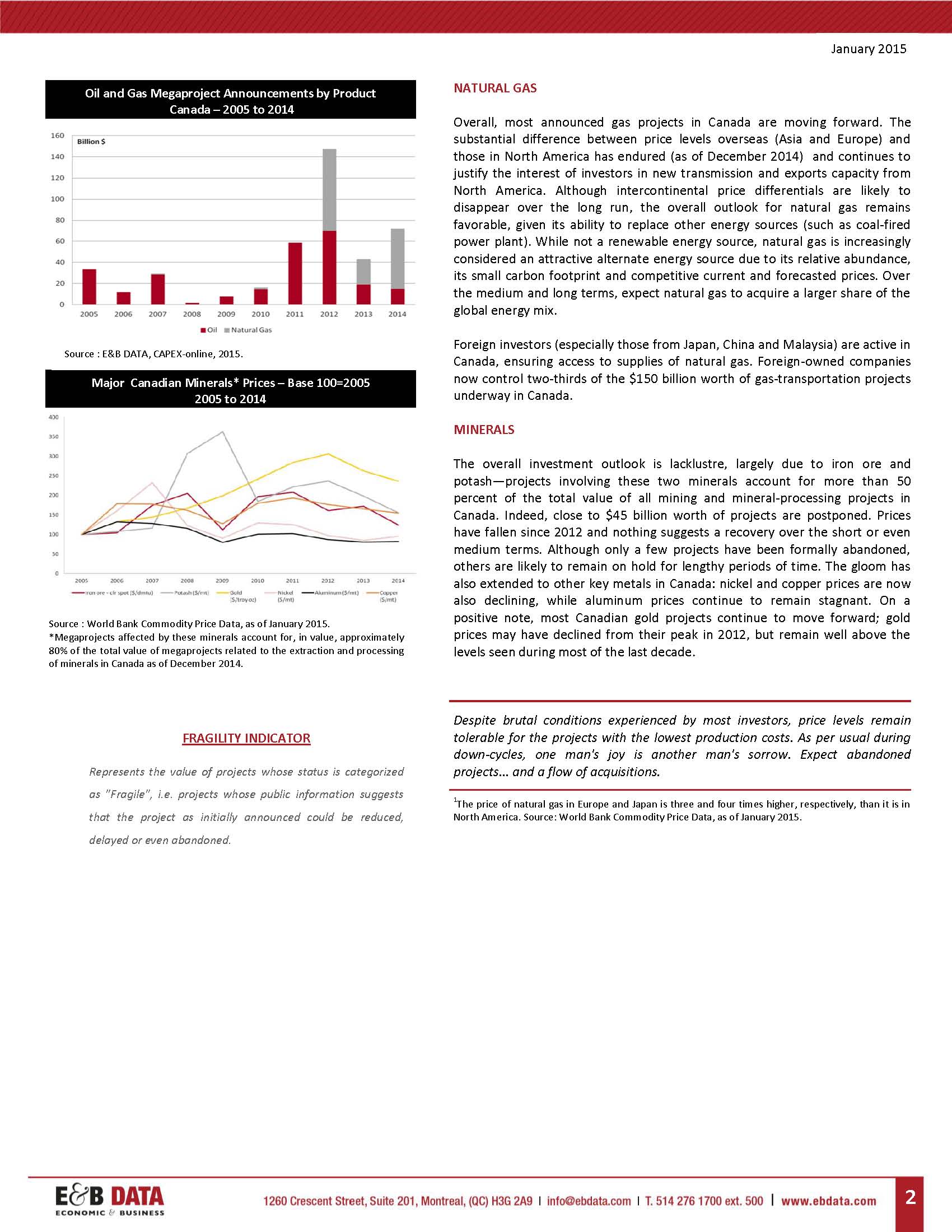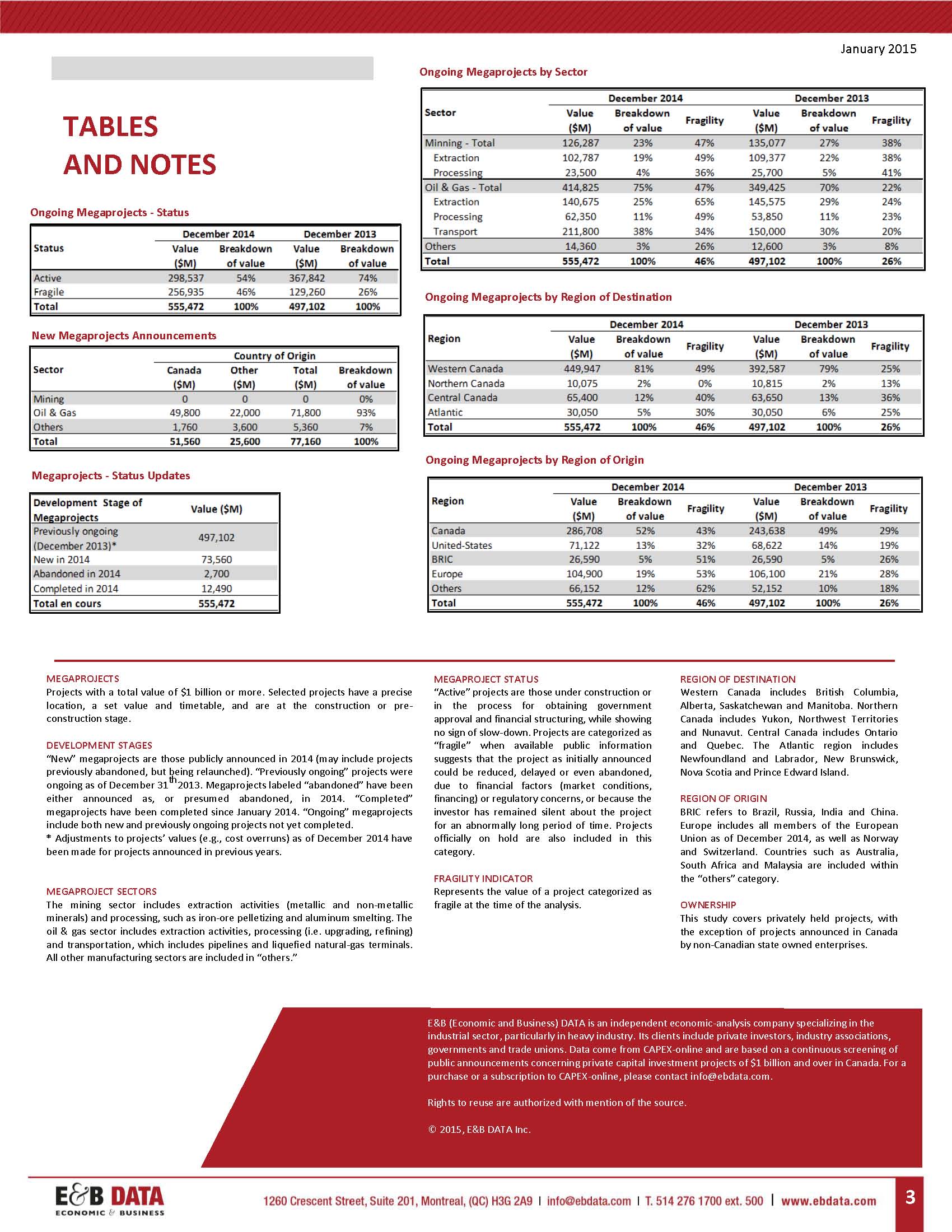|
Why Hasn’t the Falling Loonie Done More for our Exports? Canadian exports of manufactured goods1 to the United States almost caught up to the levels reached before the financial crisis. Recent growth has been fast, with an annual average of 6.9% since 20092. The bad news: this surge draws attention away from Canada’s declining share of the U.S. market relative to other countries. This decline is particularly noteworthy given that exports of manufactured goods have been a driver of Canadian GDP growth since 20093 and that the U.S. is still—by far—the main destination for Canadian manufactured goods (79% in 20144). Canada’s share of the U.S. market gradually fell from 15% in 2005 to 11% in 20145. It would be too easy to link this deterioration to China’s well-known performance6; indeed, other countries were able to maintain, and in some cases, actually increase their share of the U.S. market during the past decade:
Share of U.S. market for imported manufactured goods1 — by Canadian authorities had high hopes that the depreciation of the Canadian dollar vis-à-vis the U.S. dollar (a 20% decline within the last 24 months8) would stimulate exports to the U.S. This depreciation, however, is not limited to the Canadian dollar. The value of other currencies (relative to the U.S. dollar) also fell—the euro and the peso lost 30% and 20% of their value, respectively, relative to the U.S. dollar within the last 24 months9—eliminating any advantage Canadian exporters might have enjoyed over their rivals targeting the same market. The possibility of a trade agreement between the U.S. and the European Union (Transatlantic Trade and Investment Partnership – TTIP) will do nothing to improve Canadian export prospects to the U.S. ******
[1] Code 31-33 of North American Industry Classification System (NAICS).
|
|





